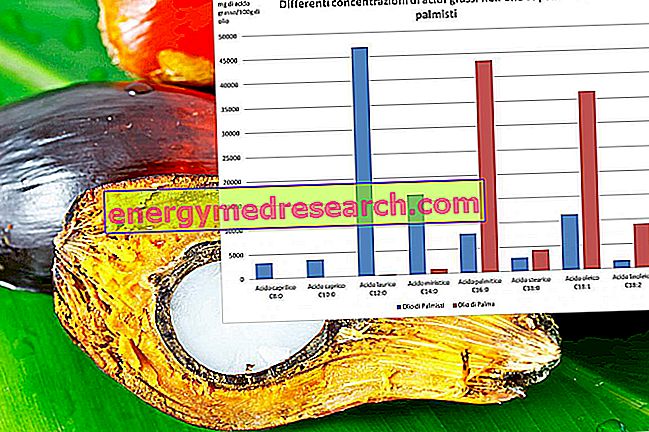Scroll down the page to read the summary table on the lingual short frenulum
| Disorder | Short lingual frenzy: the thin fibro-mucous tissue lamina, which joins the ventral wall of the tongue to the mucosa of the oral floor, is too short |
| Medical terminology | Short frenule = ankyloglossia or tongue-tie |
| Epidemiology |
|
| Classification of the severity of the lingual short frenulum |
|
| Short frenulo: causal factors | The triggering causes are not yet fully clarified Hypothesis: alteration of apoptotic processes, useful for dividing the tongue from the floor of the buccal cavity |
| Lingual short frenule: diagnostic criteria | Evaluable diagnostic parameters:
|
| When to undergo resolute therapies | 1st theory: subject the child to surgery after just a few months after birth 2nd theory: stalling, as it is not uncommon for the lingual short frenulum to develop in the 12 months from birth 3rd theory: medical intervention for the purpose of surgery at the age of six years of the child |
| Short frenulo: difficulty of the language | Dystriches or organic dyslalia on the letters L, T, Z, R consonants that require the raising of the language, evidently denied by the excessive brevity of the frenulum |
| Short lingual frenzy: Difficulty feeding at the breast | The brevity of the lingual frenulum prevents proper suction, as the newborn is unable to create a certain pressure at the level of the nipple |
| Short lingual frenule and severe occlusional deficits |
|
| Short lingual frenzy and difficulty in swallowing | Inability to bring the dorsal surface of the tongue into contact with the palate: repercussions on its correct language function |
| Other complications |
|
| Resolving therapies against the short lingual frenulum |
|



